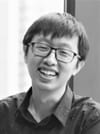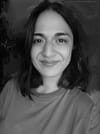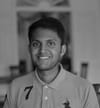Adeeba Kamarulzaman: Fighting Diseases, Addictions and Social Biases
by
Rachel Yeoh

Previous Post
LemmeLearn: Enhancing Independence and Inclusivity for Autistic Individuals
4 min read
AUTISM IS A neurological condition characterised by differences in brain development, affecting social interaction, communication skills and behaviour. Being a...
Next Post
You might also like
Events in June
3 min read
EXHIBITIONPresented by Save Wild Tigers in collaboration with The Habitat Foundation, the Eye on the Tiger exhibition features over 30 breathtaking images captu...
From Self-Defence to Social Activism: Making Real Impact through Conscious Decisions
7 min read
Photos courtesy of Vairavasundaram Rajasegaran.
Bukit Susu: A Hike through Penang’s History and Agricultural Heritage
6 min read
THE NARROW AND densely populated Paya Terubong valley is characterised by steep hills to its east and west. The eastern flank rises to the peaks of Bukit Kukus...





